Introduction
Duck meat, known for its rich flavor and tender texture, is a culinary delight enjoyed across various cultures. Whether you’re preparing it for a festive occasion, a family dinner, or simply a weeknight meal, mastering the art of cooking fresh duck meat can elevate your dishes to new heights. This comprehensive guide will walk you through every step of preparing fresh duck meat, from selecting the best quality duck to cooking it to perfection. By following these detailed instructions, you’ll be able to create mouthwatering duck dishes that will impress even the most discerning palate.
Section 1: Selecting the Best Fresh Duck
The first and foremost step in preparing fresh duck meat is selecting a high-quality duck. Here are some key factors to consider:
1 Breed and Age
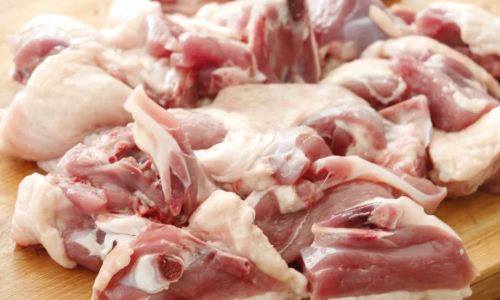
Different breeds of ducks offer varying textures and flavors. For instance, Pekin ducks are known for their large size, tender meat, and fatty skin, making them ideal for roasting or making duck confit. On the other hand, Muscovy ducks have a leaner meat with a stronger flavor, suitable for braising or stewing. The age of the duck also matters; younger ducks tend to have more tender meat, while older ones can be more flavorful but require longer cooking times.
2 Freshness
Always opt for fresh ducks that have been recently slaughtered. Look for a bright, firm flesh with no discoloration or sliminess. The skin should be taut and have a healthy glow, without any cracks or blemishes. Fresh ducks will also have a mild, pleasant aroma.
3 Source
Choose ducks from reputable farmers or suppliers who prioritize ethical farming practices and feed their ducks a natural diet. This ensures that the ducks are healthy and that their meat is free from hormones, antibiotics, and other harmful additives.
Section 2: Preparing the Duck for Cooking
Once you’ve selected a fresh duck, it’s time to prepare it for cooking. Here’s how:
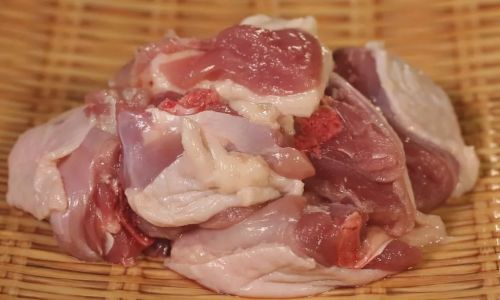
1 Thawing (If Frozen)
If you’ve purchased a frozen duck, thaw it properly before starting any preparation. The best way to thaw a duck is in the refrigerator, where it can safely defrost over several hours or even a day, depending on its size. Never thaw a duck on the counter or in hot water, as this can lead to bacterial growth.
2 Trimming and Cleaning
Begin by removing any excess fat, feathers, or pinfeathers from the duck’s skin. Use a sharp knife or poultry shears to trim away any unwanted parts. Next, rinse the duck inside and out under cold running water. Pat it dry thoroughly with paper towels to remove any excess moisture, which can prevent the skin from crisping up properly during cooking.
3 Seasoning
Seasoning the duck is crucial to enhance its flavor. A simple blend of salt, pepper, and garlic powder can work wonders. For more complex flavors, try a mixture of herbs like rosemary, thyme, and sage. Rub the seasoning mixture evenly over the duck’s skin and inside the cavity. Let the duck sit at room temperature for about 30 minutes to allow the seasoning to penetrate the meat.
Section 3: Cooking Methods for Fresh Duck Meat
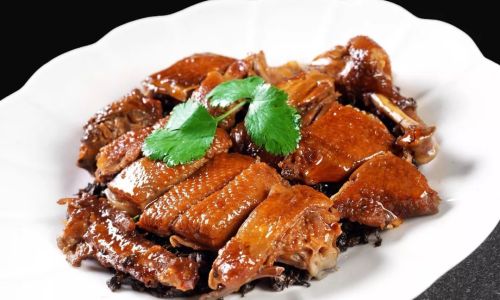
There are numerous ways to cook fresh duck meat, each yielding a different texture and flavor profile. Here are some popular methods:
1 Roasting
Roasting is one of the most popular methods for cooking duck, especially whole ducks. Preheat your oven to 375°F (190°C). Place the seasoned duck breast-side up on a roasting rack set inside a roasting pan. For crispy skin, prick the skin all over with a fork or a sharp knife. This allows the fat to render out, making the skin crispier. Roast the duck until the internal temperature reaches 165°F (75°C), about 1 to 1.5 hours depending on its size. Tent the duck loosely with foil if it’s browning too quickly. Let the duck rest for 10-15 minutes before carving to allow the juices to redistribute.
2 Braising
Braising is ideal for duck parts like legs and thighs, which can be tough and require longer cooking times to become tender. Start by searing the duck pieces in a hot, oven-safe skillet until the skin is golden brown. Remove the pieces from the skillet and set them aside. Add chopped onions, carrots, celery, and garlic to the skillet and sauté until softened. Deglaze the pan with a mixture of red wine, chicken or duck broth, and tomatoes. Return the duck pieces to the skillet, bring the mixture to a simmer, then cover and transfer to the oven. Braise at 325°F (165°C) for about 2-3 hours, or until the meat is tender and falling off the bone.
3 Grilling
Grilling duck can add a smoky flavor that’s hard to resist. Prepare a grill for indirect heat, with one side set to high and the other to low. Season the duck as desired, then place it skin-side down on the cooler side of the grill. Close the grill lid and cook, turning the duck occasionally, until the internal temperature reaches 165°F (75°C). Finish by moving the duck to the hotter side of the grill for a few minutes to crisp up the skin.
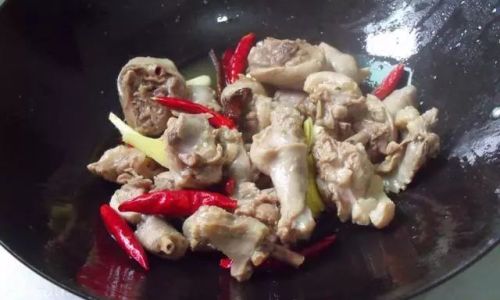
4 Confit
Duck confit is a classic French dish where duck legs are slow-cooked in their own fat until they are incredibly tender and flavorful. Start by seasoning the duck legs with salt and pepper. In a heavy-bottomed pot, heat duck fat (or a combination of duck and vegetable fats) over medium heat until it reaches about 200°F (95°C). Carefully add the duck legs to the pot, making sure they are fully submerged. Reduce the heat to low and cook, uncovered, for about 3-4 hours, or until the meat is very tender and can be easily pulled away from the bone. Let the confit cool in the fat, then store it in an airtight container in the refrigerator for up to several months.
Section 4: Serving and Enjoying Your Fresh Duck Meat
Once your duck is cooked to perfection, it’s time to serve and enjoy. Here are some serving suggestions:
1 Accompaniments
Pair your duck with sides that complement its rich flavor. Roasted vegetables, such as carrots, potatoes, and Brussels sprouts, are excellent choices. A simple green salad dressed with a light vinaigrette can also provide a refreshing contrast.
2 Sauces
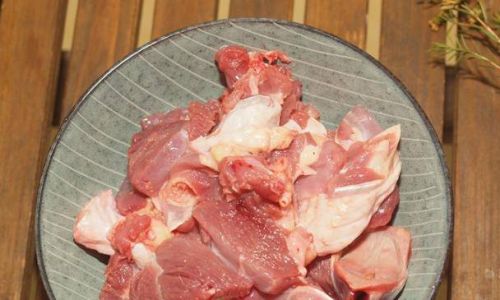
Duck is often served with sauces that enhance its flavor. A classic option is a red wine reduction, made by simmering red wine, shallots, garlic, and herbs until thickened. Orange sauce, made with orange juice, zest, and butter, is another delicious pairing. For a more savory option, try a duck gravy made from the pan juices.
3 Presentation
Presentation is key when serving duck. Carve the duck into neat slices, ensuring each serving has a balance of meat, skin, and fat. Arrange the slices on a platter with your chosen accompaniments and garnish with fresh herbs like parsley or thyme.
Conclusion
Preparing fresh duck meat may seem like a daunting task, but with the right techniques and ingredients, it can be a rewarding culinary experience. By selecting high-quality ducks, preparing them properly, and choosing the right cooking method, you can create delicious and memorable duck dishes that will satisfy your taste buds and impress your guests. Whether you’re roasting, braising, grilling, or making confit, the key is to experiment and find what works best for your palate. Happy cooking!
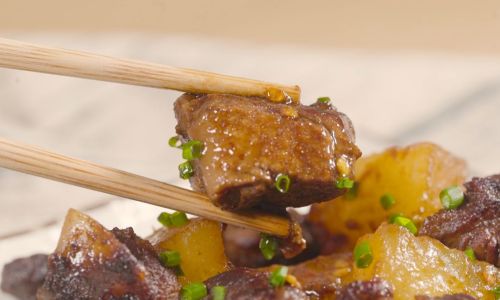
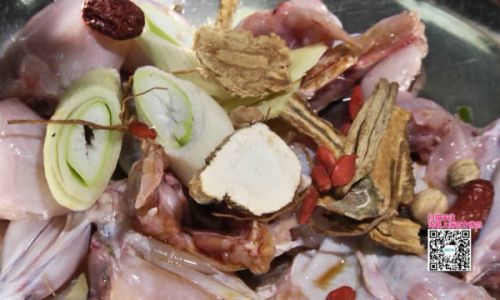
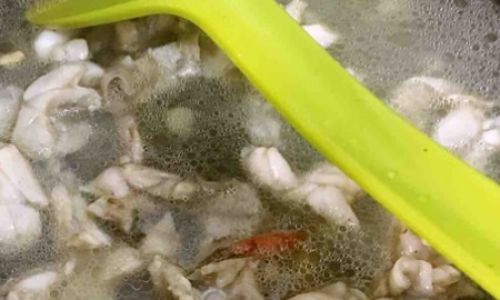
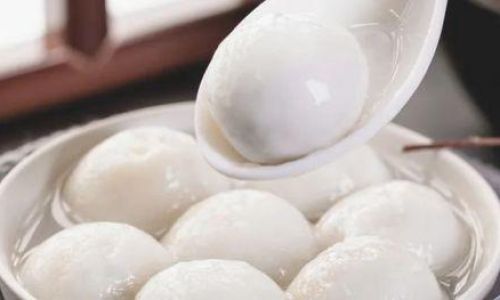
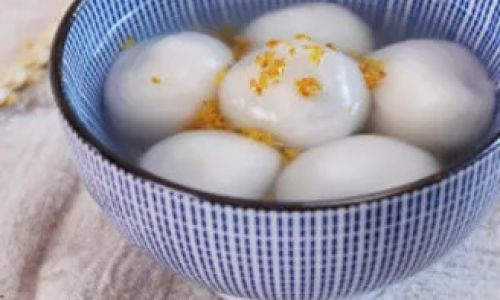
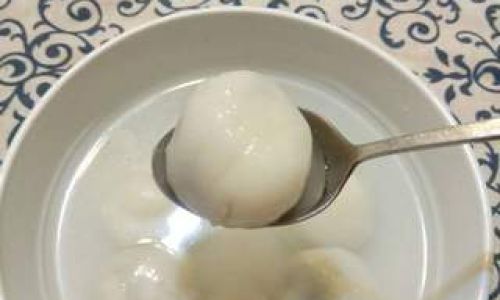
0 comments